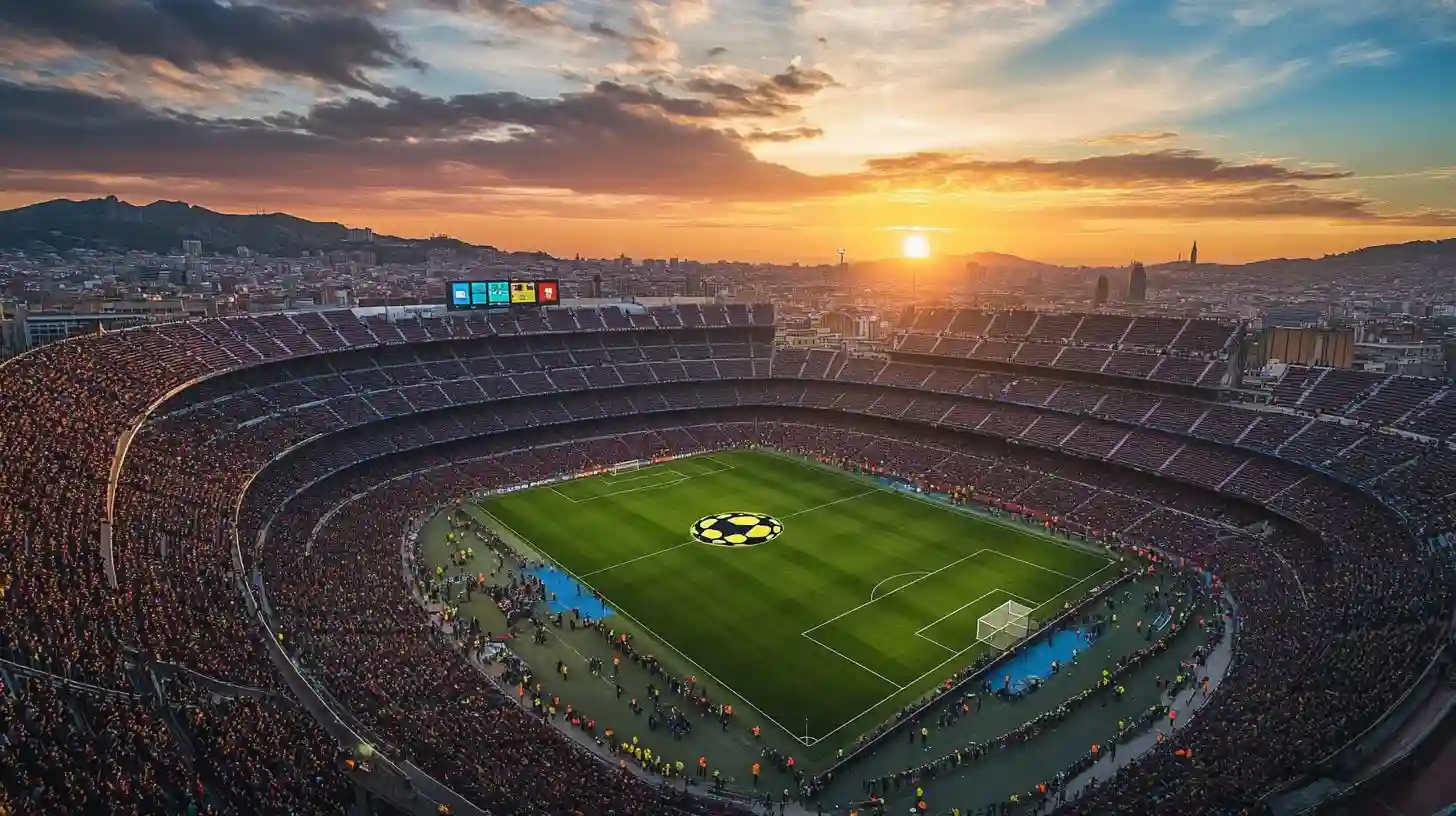
Football's Evolution History
**The Evolution of Football: A Rich History of the World's Most Popular Sport**
Football, known as soccer in some regions, has captivated hearts and minds for centuries. Its history dates back to ancient civilizations, with early variations of the game serving both recreational and competitive purposes. The roots of football can be traced to ancient China, Greece, and Rome, where foot-based ball games were popular. In China, a game called Cuju involved kicking a ball through a small opening while avoiding opponents, often played during military training and favored by the ruling classes. Meanwhile, the Greeks enjoyed Episkyros, while the Romans played Harpastum, engaging in team-based efforts to carry the ball past one another, setting the stage for the competitive spirit that defines modern football.
As centuries passed, the popularity of various ball games grew across Europe, especially during the Middle Ages. Disparate forms of folk football emerged, with each region adopting its own rules and customs. These chaotic early games involved numerous players and a lack of organization, with villages competing in matches stretching across fields or even between towns. This led to a culture of friendly rivalry, although the intensity sometimes resulted in riots and injuries, prompting authorities to impose bans.
The demand for formalized rules grew, leading to organized competitions. The nineteenth century, marked by the industrial revolution, transformed British society and fostered a growing middle class seeking leisure activities. Schools and clubs began to organize sports, including football, though varying regional rules often caused confusion, particularly around the use of hands. To address this, football associations convened to create standardized rules, culminating in the Cambridge Rules and eventually the Laws of the Game established by the Football Association in 1880.
The codification of these rules was a turning point in football's history, creating the framework for the modern game. The first official match under these standardized rules set the stage for rapid growth and the emergence of football clubs, igniting fan loyalty and regional pride. The Football Association Challenge Cup, launched in 1871, became the first national cup competition, inspiring enthusiasm for the sport throughout England.
The late nineteenth and early twentieth centuries saw the rise of international competitions and the formation of national football associations across Europe and beyond. The advent of radio and television brought the sport to a global audience. The inaugural FIFA World Cup in 1930 in Uruguay marked the beginning of an international tournament that has grown in prestige and viewership, establishing a platform for talent on a world stage.
Post-World War II, nations revived and rebuilt their identities through football. The presence of star players and iconic matches broadened the sport's global reach, solidifying football's status as the world’s most popular sport. The evolution of professional leagues and lucrative broadcasting agreements transformed clubs into global brands, attracting top talent and showcasing diverse playing styles.
Today, the digital age has revolutionized fan engagement with football. Social media, streaming services, and sports networks offer easy access to matches, highlights, and behind-the-scenes content, cultivating a new generation of dedicated fans and making the sport more culturally significant.
Football remains a testament to its rich history as it has evolved across the centuries. From its ambiguous beginnings to the high-stakes drama witnessed worldwide, football transcends borders and cultures. The cheers of the crowd, the thrill of a last-minute goal, and the sense of community fostered by the game affirm football's place as a cherished pastime and a symbol of collective identity globally.
**Word count: 500**






Page